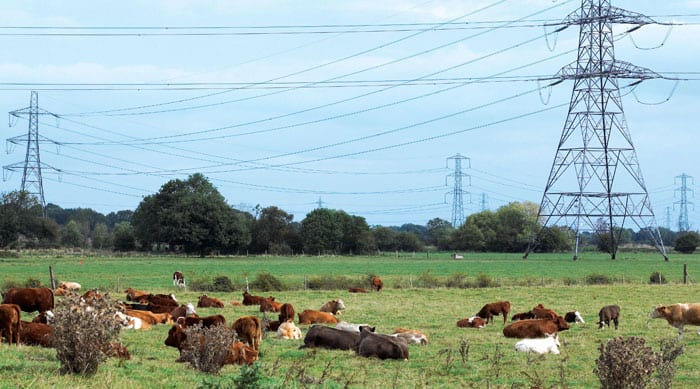Networks cannot evolve in isolation
Decisions on the evolution of networks cannot be made in isolation and must take account of the impact on the whole of the energy system, the Energy Technologies Institute has urged.
10th April 2017 by Networks

Whole-system thinking will be critical to understanding how best to adapt the UK’s energy networks to cope with the demands of the future, the research body said, as it published a decade of research on the topic.
“Choices need to be made about which networks to build, develop, maintain or decommission as well as when and where to do so.”
“In the years to come the UK will change how it generates, imports and distributes energy and people will change how they use it, so it is important to address how energy is physically moved to meet consumer demands whilst adapting to a low carbon future,” said ETI strategy manager for energy storage and distribution Liam Lidstone.
“The existing UK networks have evolved over time but were largely engineered to address a different set of operational challenges to those the country now faces.
“Therefore, choices need to be made about which networks to build, develop, maintain or decommission as well as when and where to do so, and the impact should be analysed across the whole energy system and not in isolation.”
He was commenting on the findings of 45 documents produced by the ETI for its energy storage and distribution technology programme over the last ten years, which it has now published.
The research showed that whole-system thinking will be essential to establishing where, when and how to enhance and adapt the UK’s networks to allow the distribution of energy across multiple vectors in real time.
Lidstone said their analysis indicated that greater interaction between different parts of the energy system could “increase efficiency and lower investment costs”, and demonstrated the need for “a greater understanding of the opportunity for, and implications of, moving towards integrating network operations”.
The reports also highlighted the need for markets to respond to the changing requirements of networks with the right incentives and targeted investments, and found that storage will be crucial to delivering the flexibility which will be essential in future.
During 2017, ETI will release further technical data and reports from projects delivered across its technology programmes over the last decade.
Comments
Login on register to comment
Related content

Power
The future for vegetation management
Why networks should focus on data not trees to overcome the costly challenges involved in vegetation management

Power
An unprecedented opportunity for change
Why short interruptions will matter in RIIO-ED2 and how to address them.

Power
Funding for SSEN electric vehicle scheme
Innovation initiative will bring forward portable EV charging devices
Related supplier content

Power
Load patterns and lockdown: how Covid-19 is impacting electricity networks
Insights into dynamics on the low voltage network as the outbreak unfolds

Downloads
Protect electrical equipment from insulation failure
Insulation faults are a major cause leading to the eventual failure of electrical equipment. Partial discharge (PD) is a very reliable indicator of developing insulation faults. Regular PD testing allows users to detect and analyze PD activity

Heat
How E.ON. is helping the City of London become a zero emissions city
Discover Citigen. Deep in the heart of our bustling capital